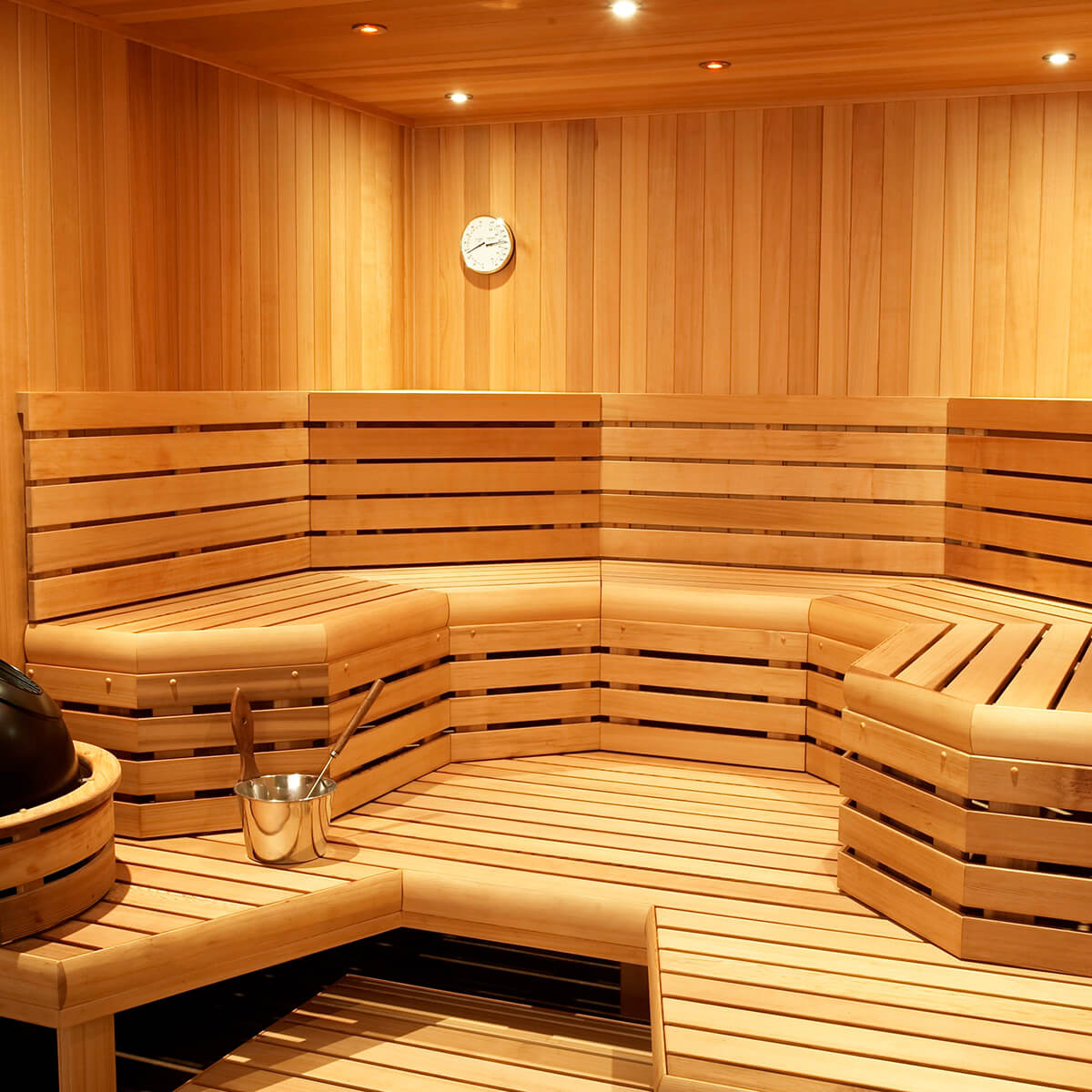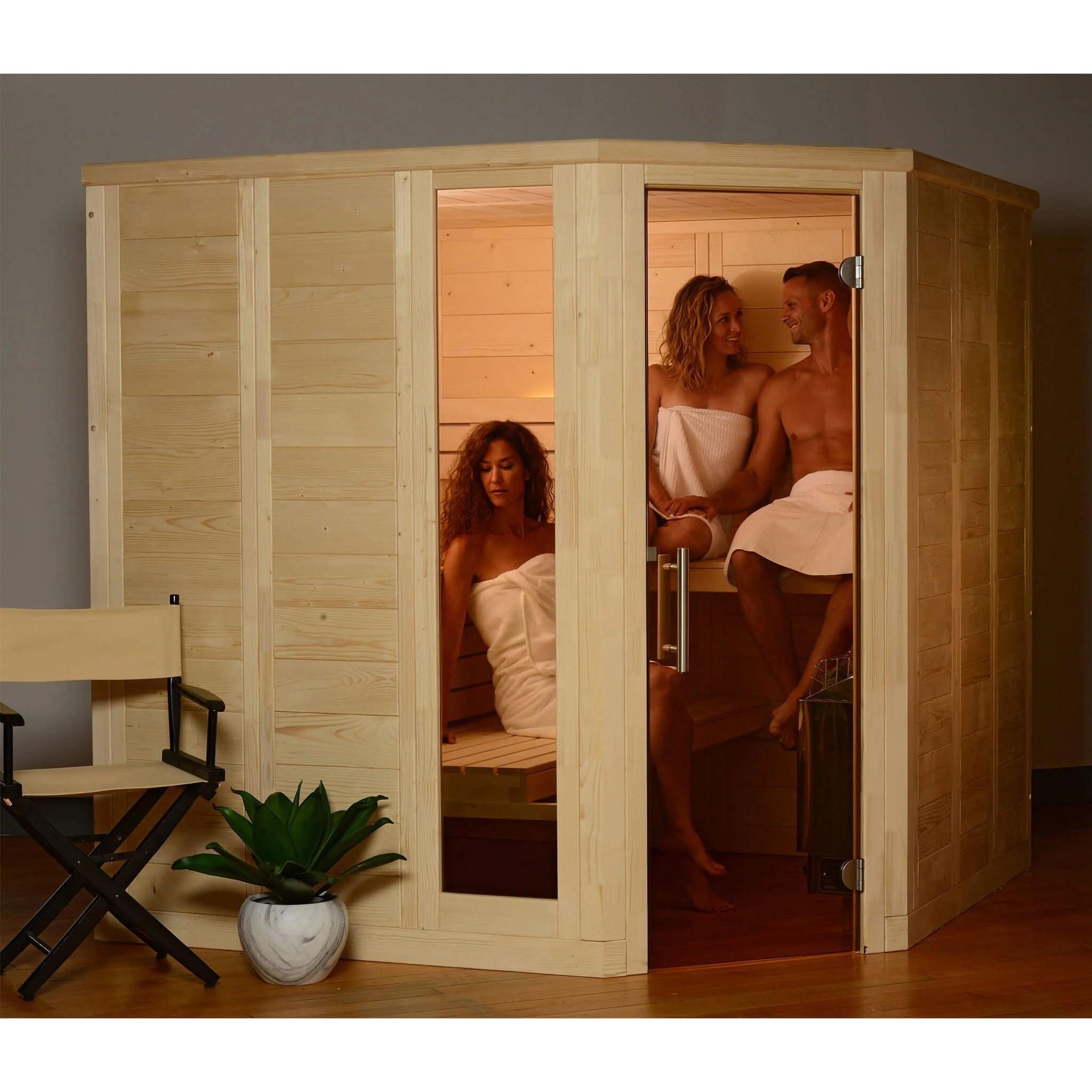The 10-Second Trick For Traditional Sauna
The 10-Second Trick For Traditional Sauna
Blog Article
8 Simple Techniques For Traditional Sauna
Table of ContentsSome Of Traditional SaunaThe Single Strategy To Use For Traditional SaunaSome Known Factual Statements About Traditional Sauna The 20-Second Trick For Traditional SaunaMore About Traditional Sauna
Most of the weight lost in a sauna is water loss and is re-gained upon rehydrating. Nonetheless, without an uncertainty sauna can be an integral part of a healthy and balanced weight-loss program. To consider the differences in between conventional and IR saunas, I will certainly divide these into proven, theoretical, and made differences.Therefore, the most popular point in the saunawhich goes to the ceiling directly over the sauna heateris typically in between 185 and 190 F. Claims that a conventional sauna exceeds 200 F is simply not real and not appropriate for electric saunas sold in the United States. The temperature for a far-infrared sauna is typically set in between 120 and 140 F; nonetheless, unlike the conventional sauna, the objective in and IR area is not to attain a high temperature level.
Due to this, the temperature difference is almost unnecessary, given that profuse sweating causes both sauna kinds, but the approach of heating up the body is different. In an IR sauna the bather will feel warm and will certainly sweat profusely, but at a lot lower temperatures (Traditional Sauna). Thus, if the objective is to invest longer durations of time in the sauna, the IR sauna is an excellent option
When a standard sauna has been correctly heated, the sauna walls are cozy, the air temperature has accomplished established temperature and the rocks are super heated. As an intriguing side note, the warmed walls and the rocks are producing far-infrared warm, integrated with the warmed air, to create an "wrapping up warmth".
Traditional Sauna Fundamentals Explained

When the high temperature is achieved, the aspects cycle on and off to maintain the high temperature. The majority of typical sauna users take pleasure in pouring water over the rocks to produce heavy steam to increase sauna humidity levels. The advantages of putting water over the rocks consist of: making the area much more comfy, dampening the nasal flows, and enabling the use of aromatherapy by mixing essential oils with the water.

When the energy enters the body, it causes the body temperature level to raise and eventually causes perspiration. In an infrared sauna it is very important for the emitters/heaters to stay on practically regularly. Given that there is no mass of rocks to keep warmth, the sauna will cool if the emitters shut down.
As mentioned over, the sauna bather in an infrared space wishes to position himself in front of operating emitters to get maximum benefit from the warmth. The heating time for the two spaces can be really various, depending upon exactly how the areas are used. For a typical sauna, a bather needs to permit 30-40 minutes for the room to accomplish a wanted temperature level and to appropriately pre-heat the rocks.
The Only Guide to Traditional Sauna
A well built sauna will commonly achieve a temperature of 150-160 F in regarding 30-40 minutes. For hotter temperatures, the area might require to warmth for a longer period.

Typical saunas tend to be larger (for this reason use more electrical power) than infrared saunas, although conventional saunas are certainly offered in one and 2 person sizes. For a two-person standard sauna, 5x6 or 5x7 size is most popular. The leading bench can comfortably seat 2 or 3 individuals and is also enough time to relax throughout the sauna session.
Our Traditional Sauna PDFs
The ordinary expense per kWH of electrical energy in the U.S. is approximately $0.11, so a 4.5 kW heating unit will set you back approximately $.50 to compete one hour, if the heating system runs continually for one hour. Generally a sauna heating system will compete 75% of the very first hour and 50% of subsequent hours on considering that the components cycle once the established temperature is go to this web-site attained.

There is a seldom discussed distinction in the social experience in between the two areas. While our society has shed several of the social benefit of the traditional sauna experience, it can be really socially rewarding (Traditional Sauna). From household time in the sauna, to heart-felt discussions with better halves, to sauna partiesthe traditional sauna experience can result in intimate interacting socially
Facts About Traditional Sauna Revealed
A lot of greater end infrared rooms consist of colored light treatment, noise systems and full-glass fronts.
Report this page